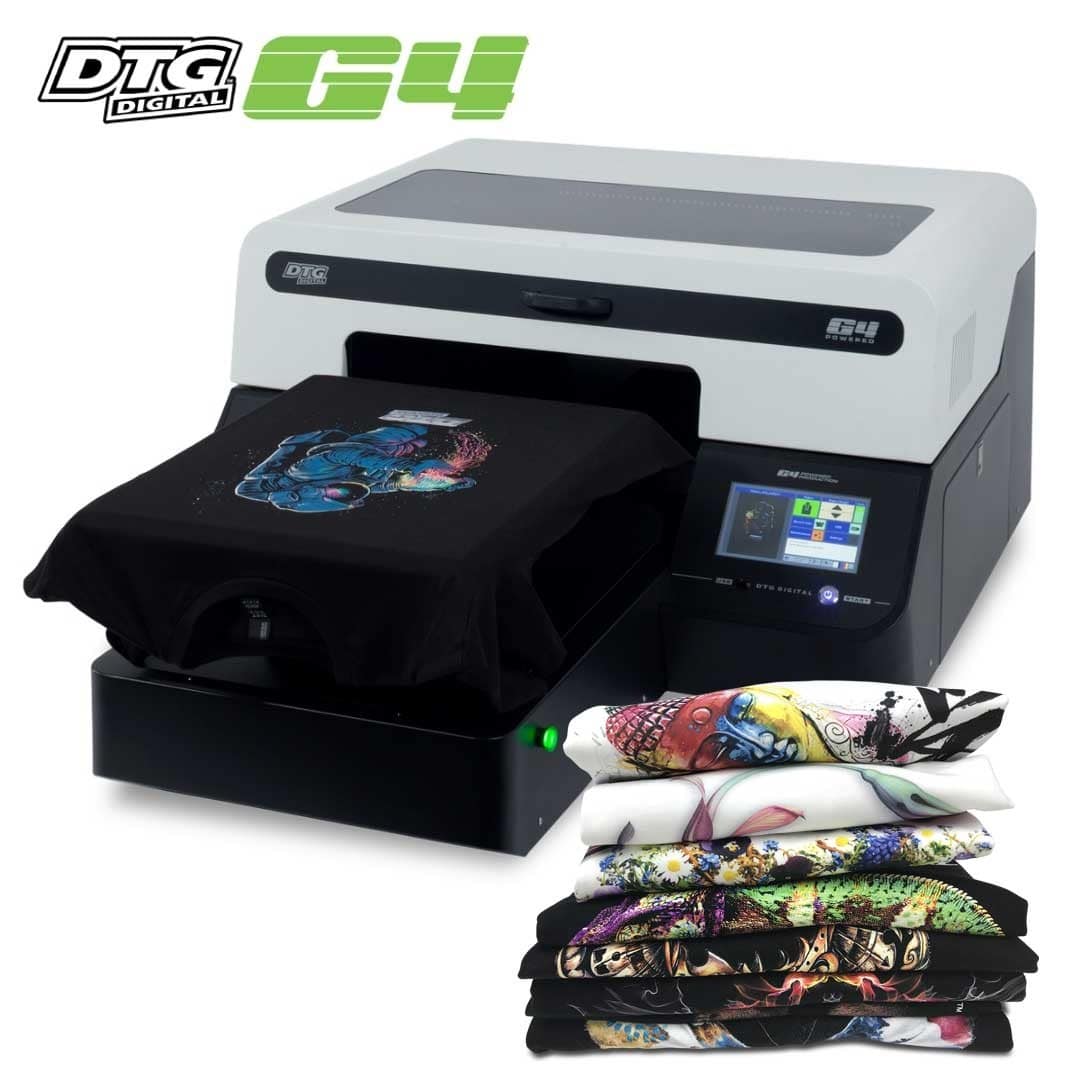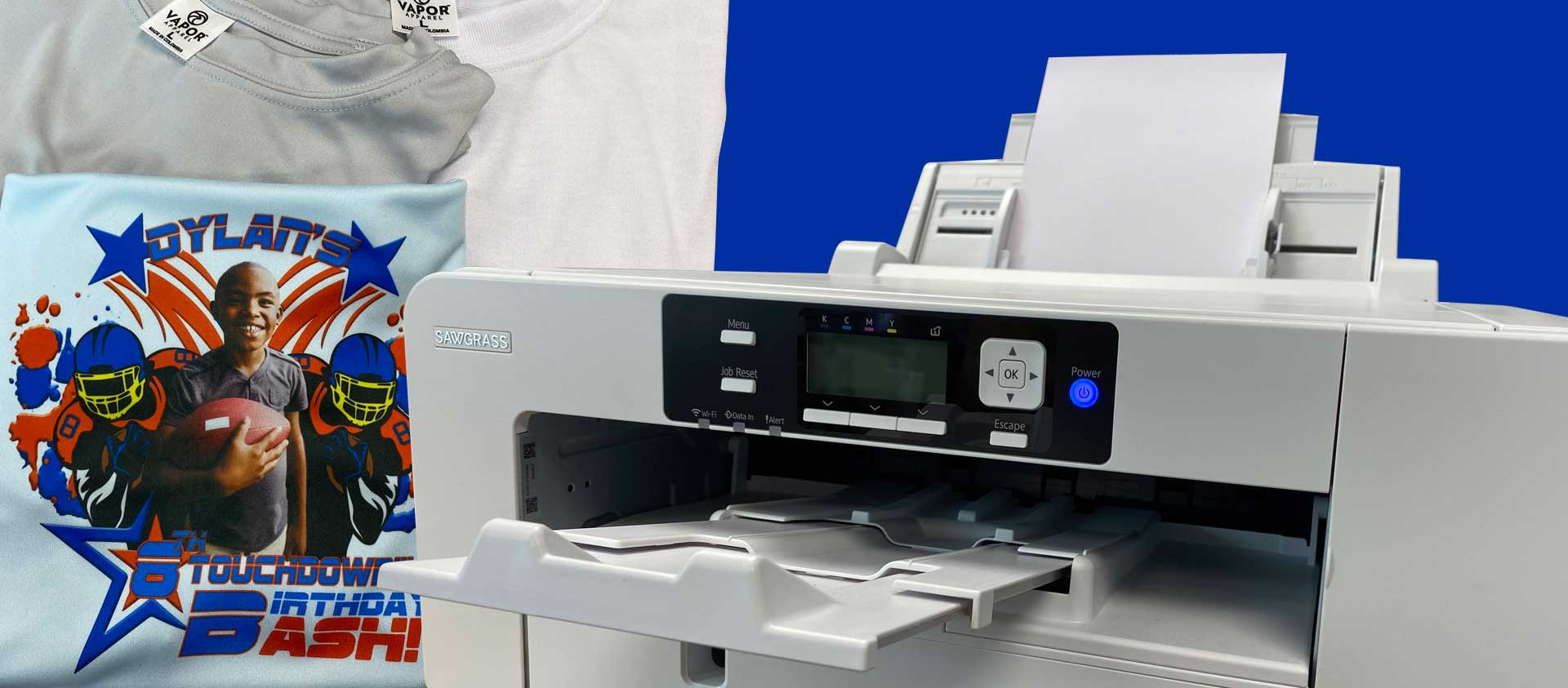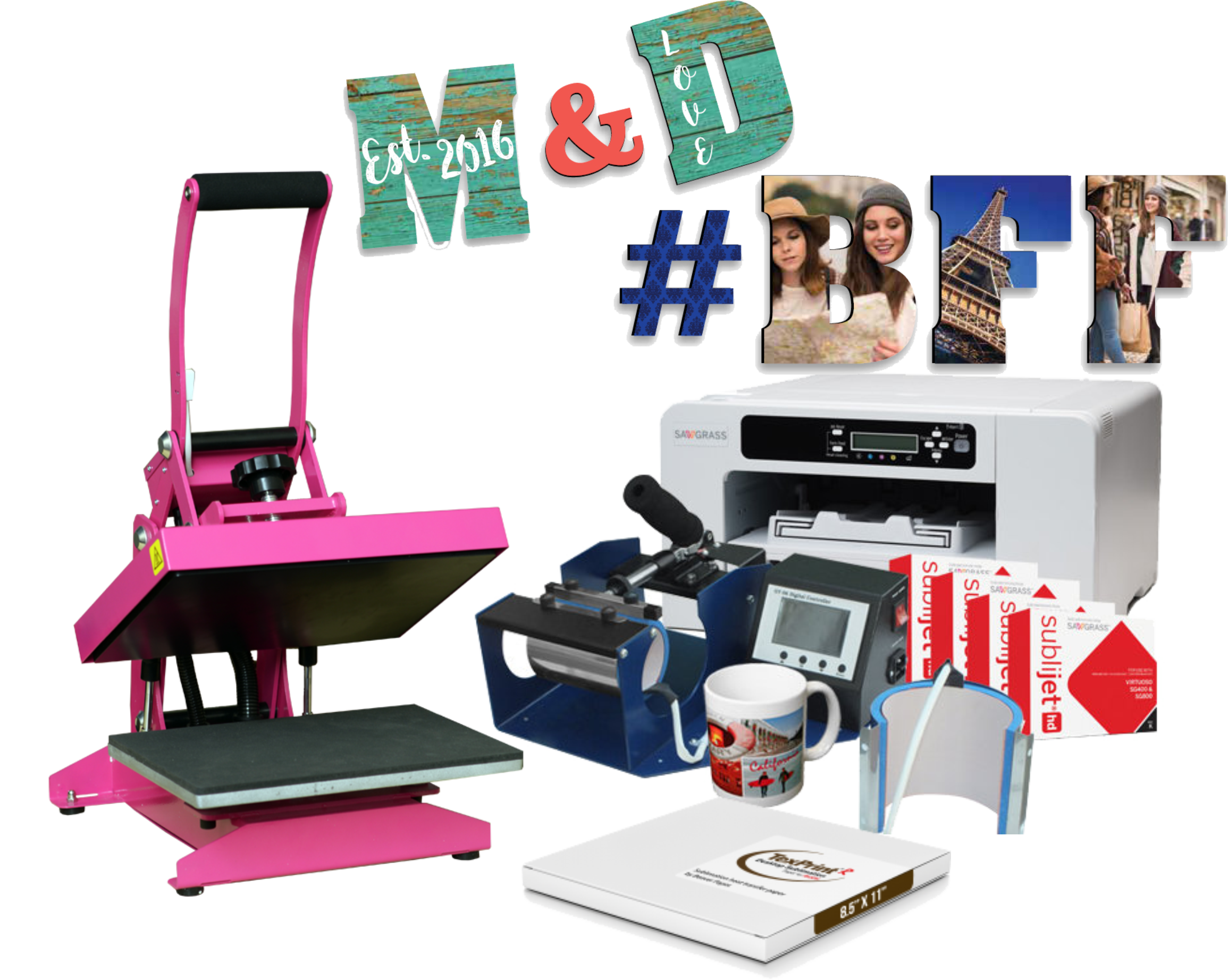Innovations in DTF Printing: Exactly How It's Transforming the Market
The textile printing sector is going through a significant transformation, driven by the advanced advancements in Direct-to-Film (DTF) modern technology. These developments are not just boosting print quality and convenience but additionally improving the entire printing process. With superior ink formulas, boosted film and sticky modern technologies, and the assimilation of automation, DTF printing offers dynamic, resilient prints on a range of materials, satisfying the raising demand for customization. As services look for more eco friendly and reliable solutions, the implications of these improvements necessitate a closer examination into just how they are shaping the future of textile printing.
Innovations in DTF Modern Technology
Advancing swiftly, DTF (Direct-to-Film) printing innovation has actually undertaken considerable improvements that are changing the fabric industry. One of one of the most noteworthy innovations is the enhancement in print top quality. Modern DTF printers make use of innovative ink solutions that lead to vibrant, long lasting prints with high resolution and shade precision. These inks are specifically engineered for compatibility with various textile types, making certain regular top quality no matter of the product.

Additionally, improvements in film and sticky innovations have actually enhanced the total application procedure. New films provide far better elasticity and bond, improving the longevity and washability of the published designs - screen printing. This guarantees that the prints preserve their integrity and vibrancy even after several washes
Lastly, environmental factors to consider have actually motivated the advancement of environment-friendly DTF remedies. Makers are progressively embracing lasting methods, such as utilizing recyclable films and water-based inks, aligning with global efforts to decrease the industry's environmental impact.
Advantages Over Traditional Methods
When contrasting DTF printing to traditional approaches such as display printing and direct-to-garment (DTG) printing, several unique advantages emerge. DTF printing. One of one of the most considerable benefits is its convenience in fabric compatibility. Unlike display printing, which often needs details material kinds, DTF printing can be related to a more comprehensive variety of materials, consisting of cotton, polyester, and blends, without endangering print quality
One more noteworthy benefit is cost-effectiveness, specifically for tiny to medium-sized orders. Typical display printing ends up being financially sensible only at higher volumes because of the arrangement costs included. On the other hand, DTF printing gets rid of these setup costs, making it much more budget-friendly for smaller batches and one-off styles.
In addition, DTF printing succeeds in durability and washability. In addition, DTF printing provides faster turnaround times.

Improved Layout Capabilities
DTF printing supplies boosted layout capacities that establish it apart from traditional printing methods. The procedure involves publishing a design onto a special film, which is after that moved to material.
Furthermore, DTF printing sustains a vast selection of fabrics, consisting of cotton, polyester, blends, and also non-textile substrates. This flexibility opens up doors for imaginative applications in varied industries such as fashion, home style, and promotional items. Unlike display printing, which can be restricting because of color separation and stencil production, DTF printing streamlines the procedure, making photo-realistic and multi-color styles much more available.
In addition, DTF printing stands out in attaining regular color accuracy and vibrancy. This is essential for brand name uniformity and conference consumer expectations. The innovation likewise sustains unique results, such as glow-in-the-dark aspects and metallic finishes, even more increasing imaginative possibilities. In significance, DTF printing empowers developers to push the boundaries of imagination, providing aesthetically stunning outcomes that were formerly unattainable.
Expense and Time Performance
Among the noteworthy advantages of DTF printing lies in its expense and time efficiency, making it a favored selection for lots of services. By eliminating the need for display setups and extensive pre-production processes, DTF printing web significantly minimizes preliminary costs. Unlike conventional techniques that require substantial investment in displays and configuration times, DTF printing enables direct application onto different materials with marginal preparation. This reduction in configuration time converts right into faster manufacturing cycles, making it possible for organizations to meet orders more swiftly.
Additionally, DTF printing succeeds in creating short runs and custom orders cost-effectively. The capacity to generate top notch prints without the need for large volume commitments reduces waste and optimizes source allocation. This adaptability is specifically beneficial for small companies use this link and start-ups that may not have the capital to purchase massive production runs.
In terms of operational effectiveness, DTF printing's streamlined operations enhances general productivity. Thus, DTF printing stands out as a transformative option in the printing industry.
Future Trends in DTF Printing
Expecting future fads in DTF printing exposes a landscape marked by rapid technological advancements and raised market need (DTF printing). One significant fad is the combination of artificial intelligence (AI) and artificial intelligence algorithms to optimize print high quality and simplify procedures. AI-driven systems can predict potential problems and change setups in real-time, ensuring constantly premium output
Furthermore, advancements in eco-friendly inks and lasting products are expected to acquire grip. As environmental problems become more pressing, the sector is likely to see a shift in the direction of naturally degradable and safe inks, lowering its ecological footprint.
Personalization and customization will certainly additionally play an essential duty. With the expanding consumer need for special, individualized products, DTF printing innovations are progressing to provide even more thorough and my blog elaborate customization alternatives. This pattern is supported by improved software solutions that enable even more complicated and creative layouts.
Lastly, the integration of DTF printing with various other digital systems and e-commerce solutions will end up being more smooth. This connectivity will certainly allow services to supply on-demand printing solutions directly to consumers, additionally driving growth in the sector. These trends collectively highlight a future where DTF printing not just satisfies yet surpasses the developing needs of the market.
Conclusion

When comparing DTF printing to conventional approaches such as screen printing and direct-to-garment (DTG) printing, a number of distinct advantages arise. Unlike display printing, which commonly requires particular fabric types, DTF printing can be used to a wider range of materials, consisting of cotton, polyester, and blends, without jeopardizing print quality.
DTF printing offers enhanced style abilities that set it apart from conventional printing approaches. Thus, DTF printing stands out as a transformative option in the printing industry.
Technologies in DTF printing significantly enhance the textile printing sector by providing remarkable print quality, versatility, and efficiency.